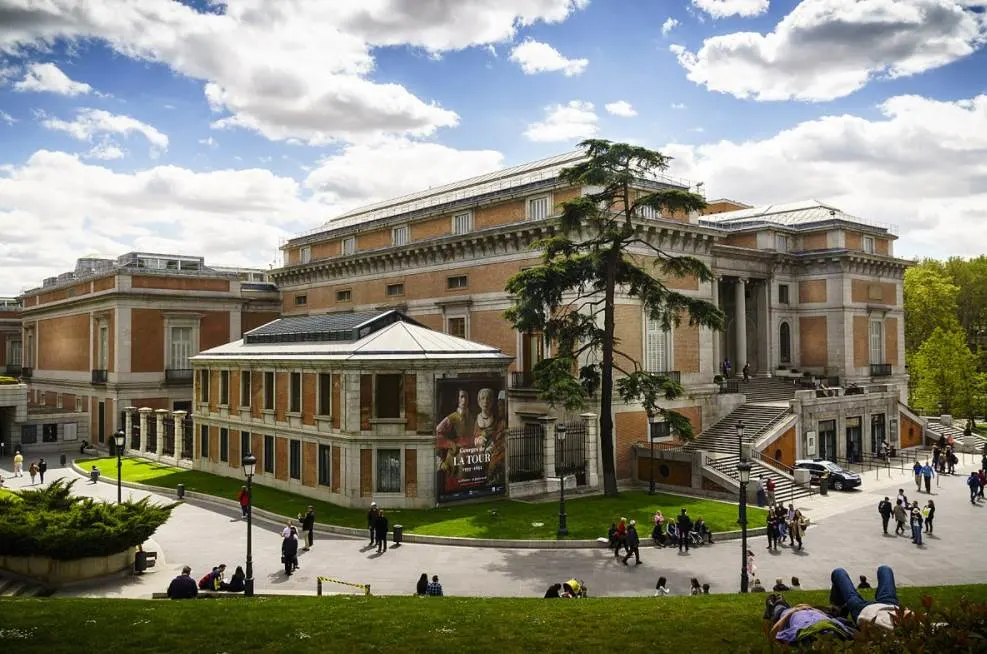If you want to discover some of the most intriguing paintings ever produced, then the oeuvre of this Early Netherlandish painter from the Low Countries will surely fascinate you.
Hieronymus Bosch (1450-1516) produced some of the most fantastic paintings of the 15th and 16th centuries. The nature of its contents has been debated by art historians for centuries.
In this article, you’ll discover some of the most interesting facts about The Haywain Triptych by Hiernomusch Bosch, one of the artist’s most famous works.
1. It was probably one of the artist’s final paintings
Hieronymus Bosch was born Jheronimus van Aken in the town of ‘s-Hertogenbosch. This city is located in the Netherlands today but was part of the Burgundian Netherlands in the Duchy of Brabant.
Little is known about the man’s life except for a few details that were recorded about him in the records of the town where he lived.
He joined a prestigious confraternity in the 1480s known as the Brotherhood of Our Lady. This means that he was a respected artist and his reputation spread across Europe as well.
Although the central panel of the painting was signed “Jheronimus Bosch,” it’s unclear when the painting was completed.
Research conducted by the Bosch Project has placed a da te to this painting of around 1516, the final year of the artist’s life.
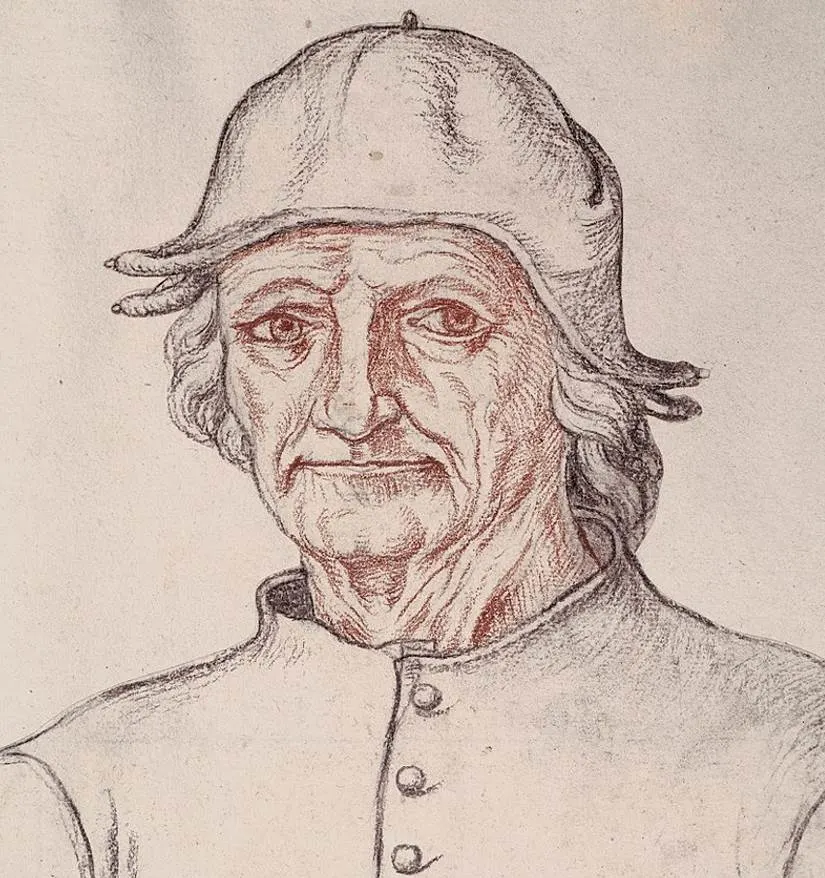
2. It’s a triptych painting today but this wasn’t always the case
The Haywain is a triptych painting which means it consists of 3 different panels that are hinged together.

The artist produced at least 16 triptychs during his lifetime and The Haywain Triptych is one of the 8 that remain intact today.
This is very remarkable because, at some point in its history, it was separated and sold as individual paintings. It wasn’t until 1914 that the three panels were reunited.
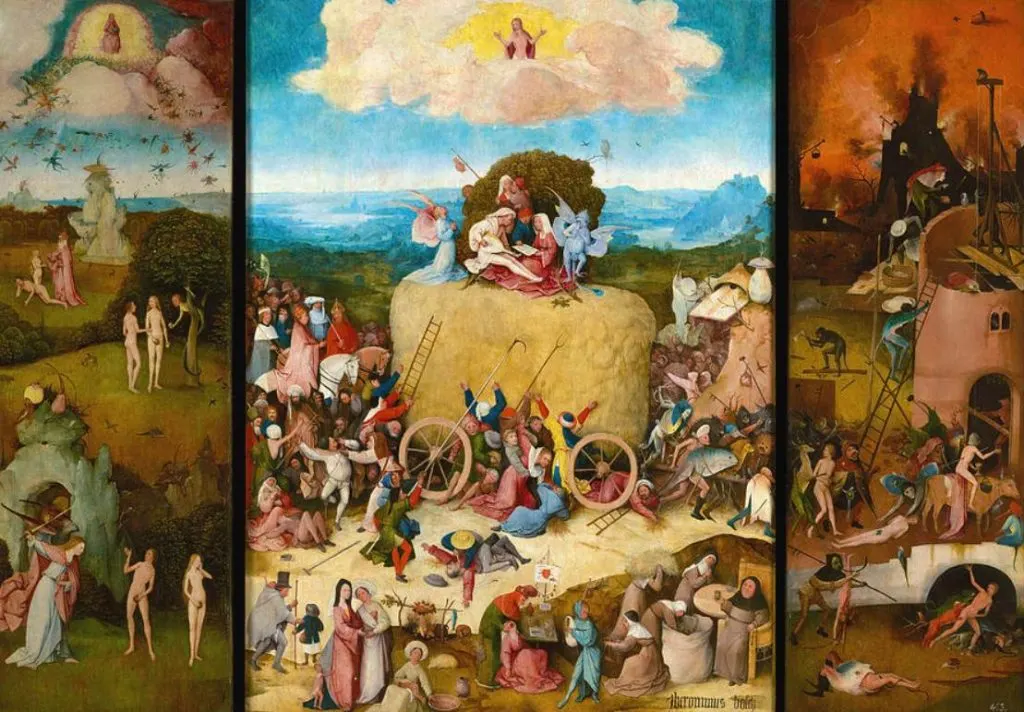
3. The left panel depicts Adam and Eve as they are kicked out of the Garden of Eden
Although many triptychs by Hieronymus Bosch are complete works depicting a certain topic, separating The Haywin triptych didn’t make much sense.
The painting depicts a narrative that follows a storyline, starting at the creation of Adam and Eve in the left panel to the damned souls being tortured in hell in the right.
What’s even more intriguing is that the three panels follow a narrative sequence of stories. This is unlike Bosch’s most famous painting titled “The Garden of Earthly Delights” which features random scenes within the overall narrative.
This left panel depicts God who creates Eve from Adam’s rib. She subsequently sins by accepting the serpent’s apple and both are kicked out of the Garden of Eden by an angel.
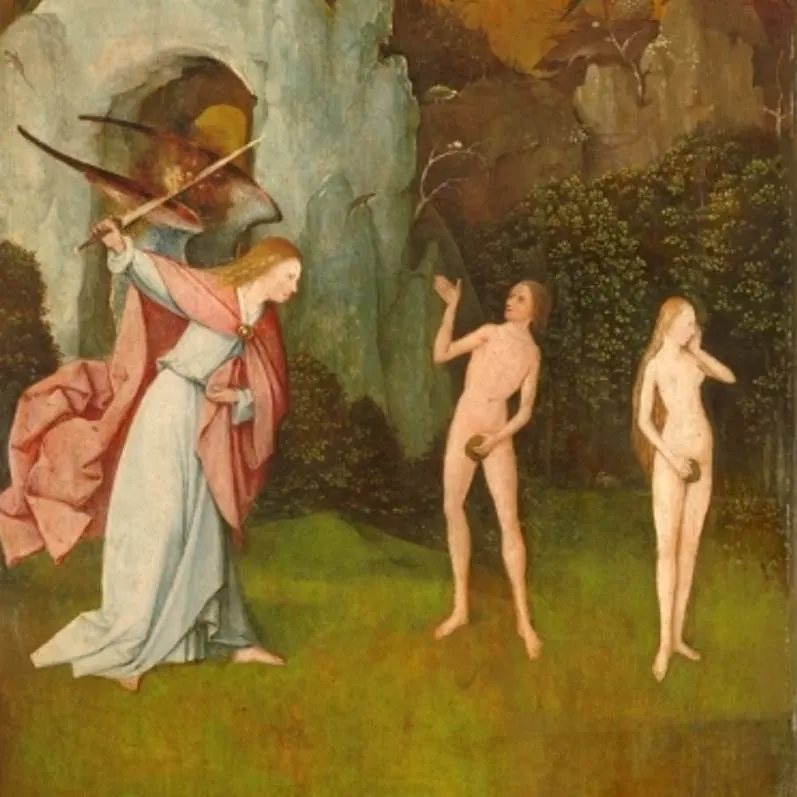
4. The central panel features a large number of sinners around a large wagon of hay
The central panel is dominated by a huge wagon of hay that is surrounded by all sorts of people engaging in sinful activities.
While the Garden of Eden depicts God in the sky, this panel depicts Jesus Christ who is overlooking the activities that are going on on Earth.
The only figure that appears to notice Jesus in the sky is an angel who is praying to him on top of the agon.
All others are too busy committing sins. Although they don’t appear to notice, the wagon is dragging them right into hell.
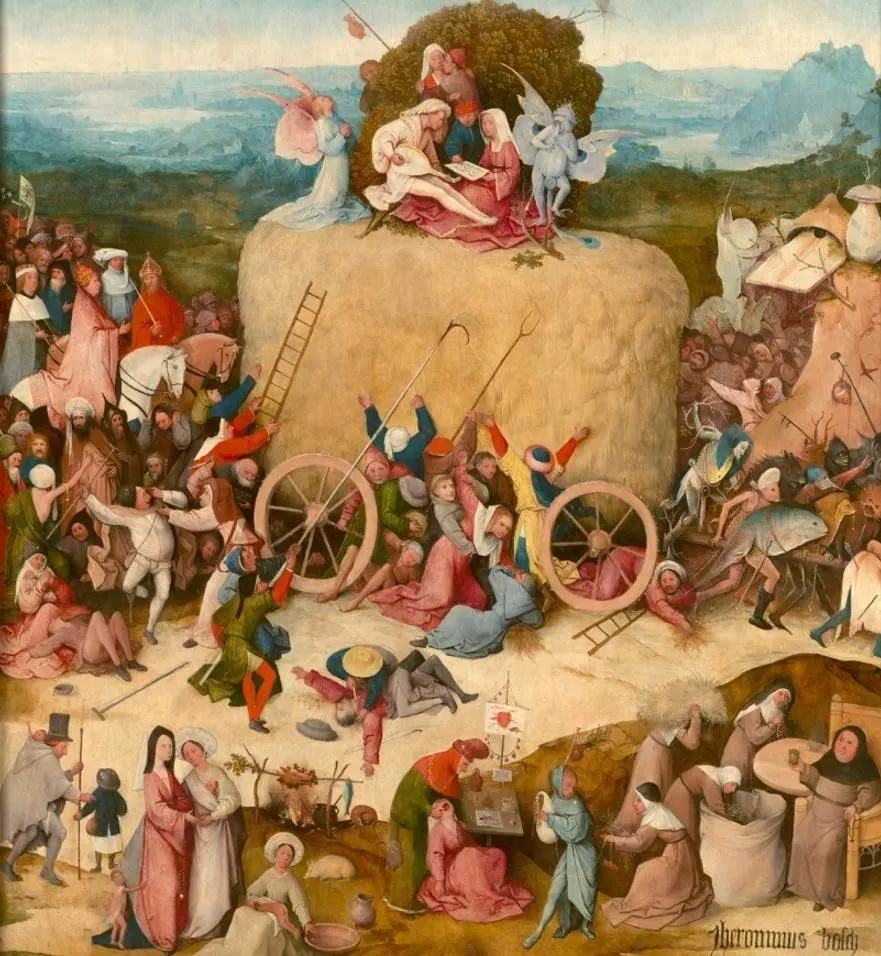
5. The right panel features a typical hellscape which made Bosch paintings popular
The third panel concludes the triptych and is another peculiar scene of people arriving in hell. These hellscapes are unique to Bosch and the reason why his painting became collectibles all around Europe.
As you surely expected, the people arriving here don’t receive a warm welcome. The hideous creatures that reside in hell instantly start torturing the damned souls in various ways.
What’s remarkable is that Bosch painted the people surrounding the wagon and the ones arriving n hell in a straight line. He did so to emphasize the consequence of sinful behavior on Earth.
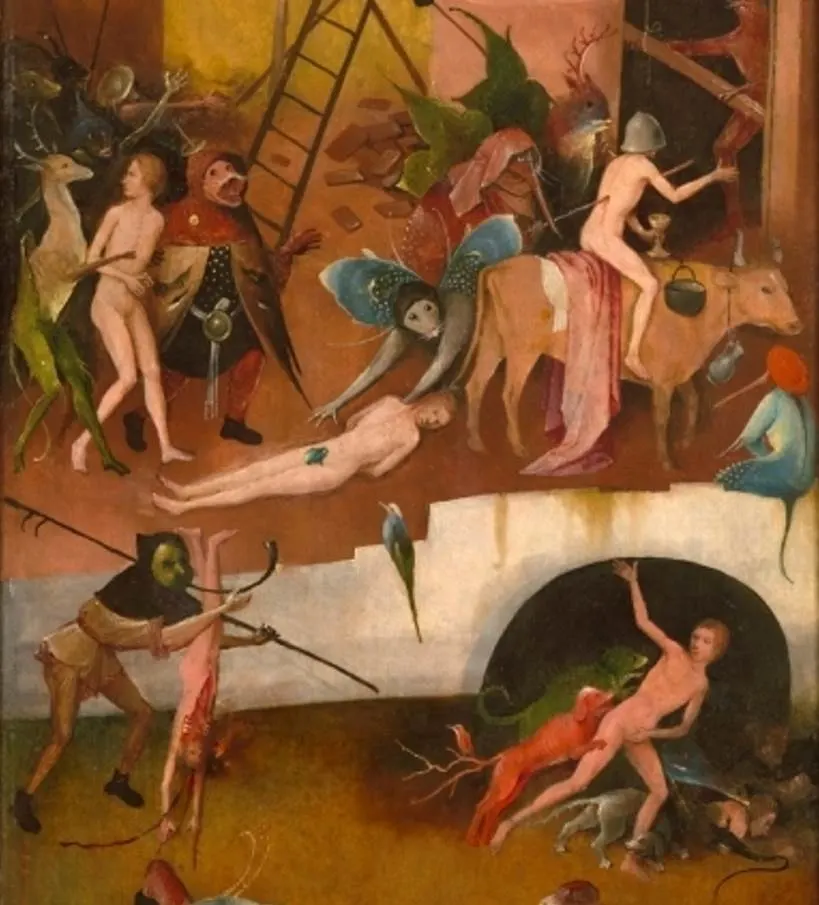
6. The exterior of the shutters features a copy of another painting by the artist
Because this is a triptych painting, it means that the shutters can be closed. It was fairly common for the Flemish Primitives to paint the exterior of the shutters.
Usually, Bosch and the other Early Netherlandish painters completed these exteriors in grisaille. This made the figures appear to be sculptures.
What’s remarkable is that Bosch completed the exterior of the Haywain triptych in color.
He also didn’t look far to find inspiration because the closed shutters depict a copy of another painting he completed around 1500 titled “The Wayfarer.”
The main figure of this painting is believed to represent a man who refrains from committing sins, although he is surrounded by sinful people.

7. How big is The Haywain Triptych by Hieronymus Bosch?
Although he produced several small paintings as well, including The Wayfarer which is only 71.5 in diameter (28.1 inches), many of his works are fairly big.
The Haywain triptych by Hieronymus Bosch is an oil on oak panel painting in which the central panel has dimensions of 135 × 200 centimeters (53 × 79 inches).
The wings of the triptych have dimensions of 147 × 66 centimeters (58 × 26 inches).
8. Where is the painting located today?
This painting is one of the 6 paintings by Bosch that were acquired by King Philip II of Spain in 1570. It is first mentioned as being part of the collection of the Royal Alcázar of Madrid in 1636.
The painting was broken up in 1788 and the central panel became part of the collection of the Marquis of Salamanca (1811-1883).
It was sold once again in 1848 to Queen Isabella II of Spain. It became part of the collection of the Prado Museum.
The triptych was finally put back together in the Prado in Madrid in 1914 so you can admire the complete work in the most popular museum in Spain today.
